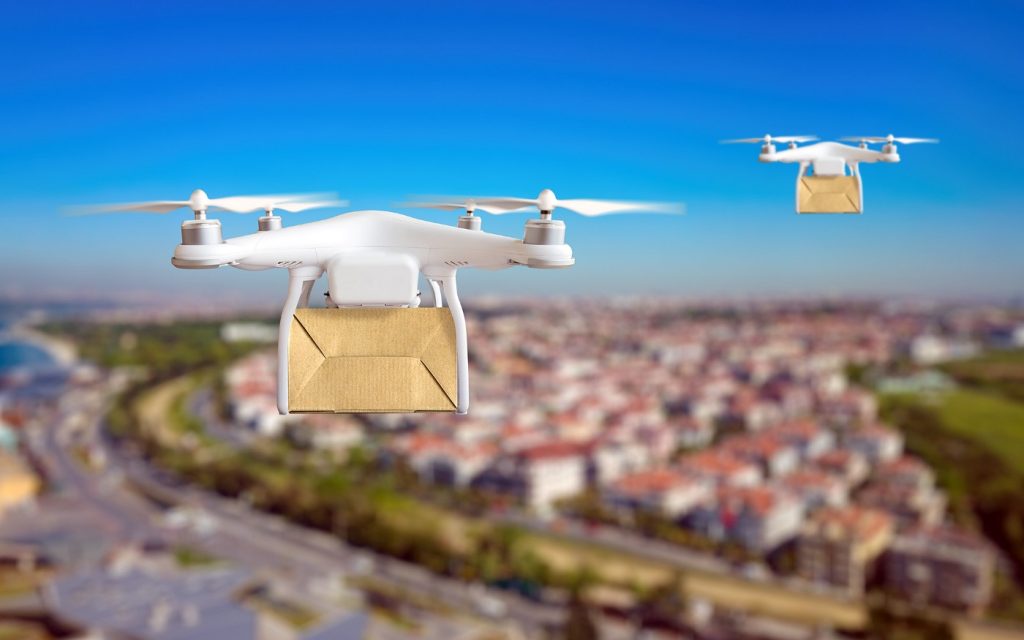Are drone deliveries the future of logistics?

Drone deliveries are not far from becoming a scalable, globally acceptable solution for delivering parcels.
This technology provides a faster way for people to get what they need, without making roads more congested than they already are, and it has found new momentum since the COVID-19 pandemic and lockdowns.
A new study conducted by UVL Robotics, a Californian provider of AI-powered drone solutions, supports the idea that an autonomous 24/7 depot-to-parcel-station model could safely and efficiently fit in urban environments, including in areas of multi-story housing, where over two-thirds of the global population are expected to live by 2050.
UVL Robotics based its research on approximately a year of real-life operation of its own autonomous system in Muscat, the capital of the Sultanate of Oman, home to over a million people. Many tests were made for different verticals in logistics, from medicine to food delivery, and mail.
The company is the first player in the world to have obtained a full Beyond Visual Line of Sight (BVLOS) drone operation licence from Oman’s civil aviation authority and local government.
Cheaper and faster
Last-mile delivery typically makes up nearly half of the total cost of shipping.
It’s an expensive market, projected to reach €50 billion by 2028, where drones could prove an efficient and cost-effective solution.
The UVL Robotics study shows that using drones to deliver parcels in urban environments soon will, at the very least, cost no more than having humans do the job.
On average, the receipt price of delivering a 3 kg grocery parcel will be $5 (€4.89) or less, in a scenario where six drones perform 192 quick trips per day within a 10 km radius.
This amount closely matches what it normally costs customers to have their parcels or food delivered by most major last-mile players, while at the same time being safer and up to three times faster.
Companies will be able to transfer deliveries from days to hours, and from hours to minutes, accessing remote and hard-to-reach areas like islands or mountains in just two years, experts say.
Technological advances in key areas like the Internet of Things (IoT), computer vision and battery cell density also allow a complete rethink of business-to-consumer logistics, automating the full cycle of deliveries.
Greener
With the boom of e-commerce, last-mile delivery is expected to grow 78 per cent by 2030, which could cause carbon emissions from delivery traffic to increase by over 30 per cent in the world’s 100 largest cities, according to a World Economic Forum report.
All-electric drone-based delivery solutions are greener than land-based alternatives in many ways.
Most of the deliveries being tested now are for packages small enough not to need transport by a van or truck, and UVL found that not having vehicles idling while loading/unloading parcels could lead to a 30 to 50 per cent reduction in associated CO2 emissions.